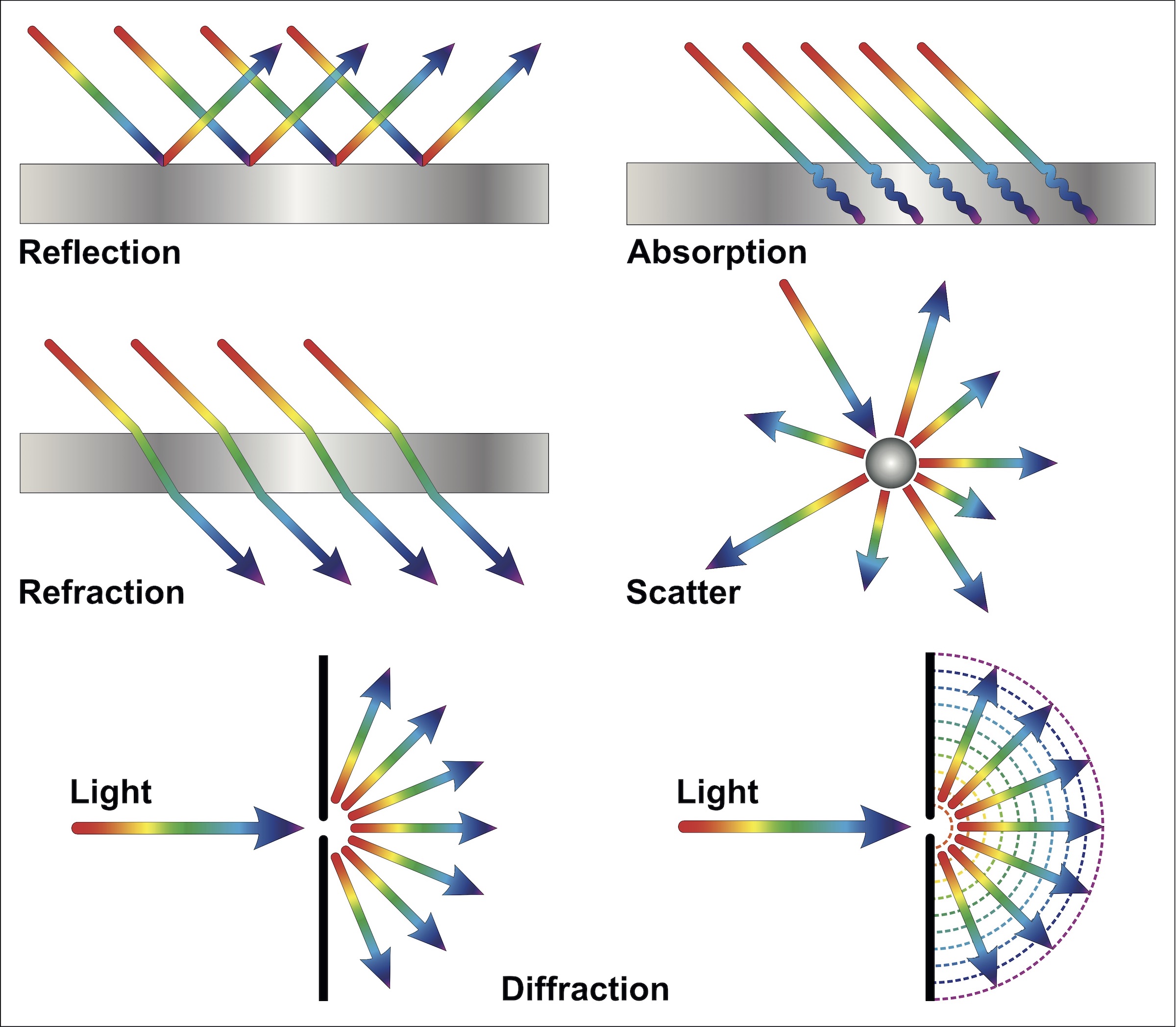What color is the sunset on other planets?

Fiery rose and peach sunset skies are a unique perk of our home on Earth. But what colors appear when the sun sets on other planets in the solar system?
The answer depends on the planet. On Mars, the sun comes and goes with a blue glow. On Uranus, the sunset sky transitions from blue to turquoise, according to NASA. And on Titan, one of Saturn's moons, the sky turns from yellow to orange to brown as the sun dips beneath the horizon.
Sunset colors aren't uniform because, in large part, these hues are a product of each planet's atmosphere and how the particles in it scatter sunlight, according to Kurt Ehler, a professor of mathematics at Truckee Community College in Reno, Nevada, and lead author of a 2014 paper in the journal Applied Optics that investigated why the Martian sunset appears blue.
Related: Do other planets have solar eclipses?
"It’s tricky," Ehler told Live Science. "Everyone had a preconceived notion that the mechanism [for sunsets] is a replication of what we see on Earth." But that’s not the case.
On Earth, the atmosphere is made up of tiny gas molecules, largely nitrogen and oxygen, which are more effective at scattering — that is absorbing and re-emitting in a different direction — short wavelength light, like blue and violet, than it is longer red wavelengths. The selective type of scattering caused by small molecules is called Rayleigh scattering. It gives us a blue sky at midday, but at sunset and sunrise, when the sunlight must travel farther, more of the blue light gets scattered away; it’s the longer red and yellow wavelengths that reach our line of sight, creating the vibrant shades of red that we see.

Any planet whose atmosphere is dominated by gas will follow a similar pattern of longer wavelength-colors becoming more dominant at sunset, Ehler said. On Uranus, for instance, the gas particles of hydrogen, helium and methane in its atmosphere scatter the blue and green shorter wavelengths while absorbing (but largely not re-emiting) longer red wavelengths, according to NASA. This creates a bright blue sky that turns turquoise at sunset as blue light is scattered away relative to the longer, greenish wavelengths.
Get the world’s most fascinating discoveries delivered straight to your inbox.
If a planet's atmosphere is dominated by something other than gases, everything about how the sunset appears is going to be different. Take the blue Martian sunset. "The density of atmospheric gas is only about 1/80 of what it is here," Ehler said of Mars. "The scattering is dominated by larger particles of dust."
In a 2014 study that used data from the Mars rover Spirit, Ehler and his colleagues found that Martian dust scatters light very differently than gas molecules do. "The reason for [the] blue sunset is the pattern in which light scatters off those [dust] particles," he said.
Gas molecules, like the ones here on Earth, scatter light in every direction. In contrast, dust scatters light primarily in one direction — the forward direction, Ehler said. What's more, dust particles scatter red light at much wider angles than blue light does. Because the blue light isn’t scattered very widely, it becomes more concentrated, so "the blue light is about six times as intense as the red light" on Mars, Ehler said.
Related: How much would you weigh on other planets?
When you look at the Martian sunset, you actually see that "the disk of the sun is white, because light doesn't change color as it passes through the Martian atmosphere," Ehler said "Around the sun there’s a bluish glow. And further out, the sky starts looking reddish. There, you’re seeing red lights scattered at larger angles."
As for the other planets and moons, it’s nearly impossible to predict how the sunset will look without having a thorough understanding of their atmospheric composition. If these celestial bodies have a gaseous atmosphere, you’d expect to start seeing longer wavelengths of light at sunset, Ehler said.
"Where [the] atmosphere is dominated by other substances, I can’t tell you," Ehler said. Different types and size distributions of dust will scatter light in unique ways. In other words, if you think a sunset on Earth is "out of this world," think again — it's really an exclusive feature particular to planets with gaseous atmospheres.
Originally published on Live Science.

Donavyn Coffey is a Kentucky-based health and environment journalist reporting on healthcare, food systems and anything you can CRISPR. Her work has appeared in Scientific American, Wired UK, Popular Science and Youth Today, among others. Donavyn was a Fulbright Fellow to Denmark where she studied molecular nutrition and food policy. She holds a bachelor's degree in biotechnology from the University of Kentucky and master's degrees in food technology from Aarhus University and journalism from New York University.



